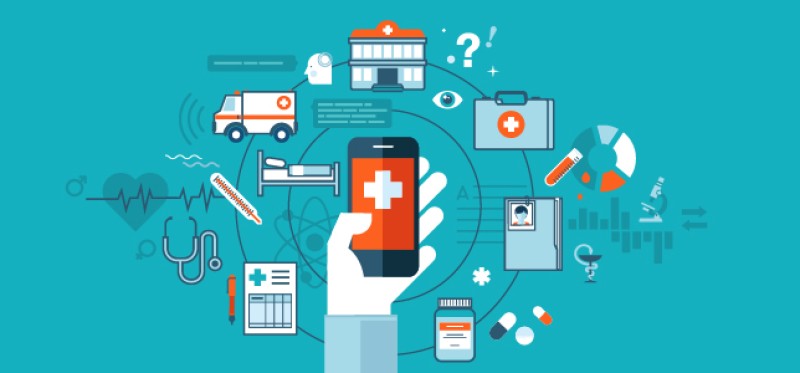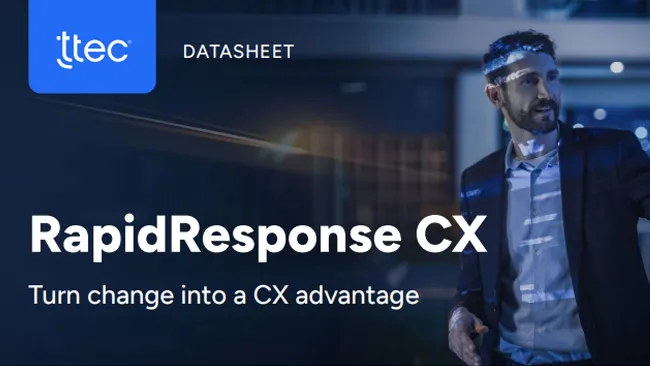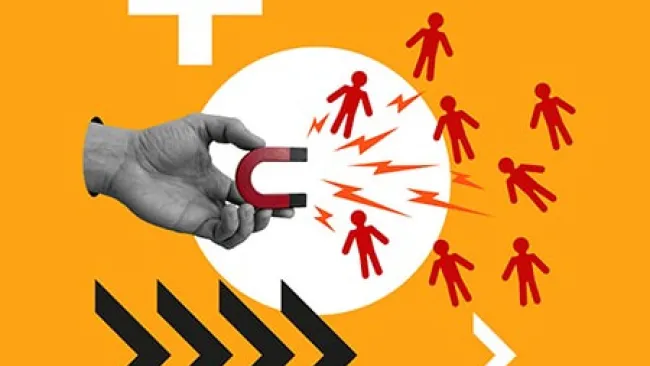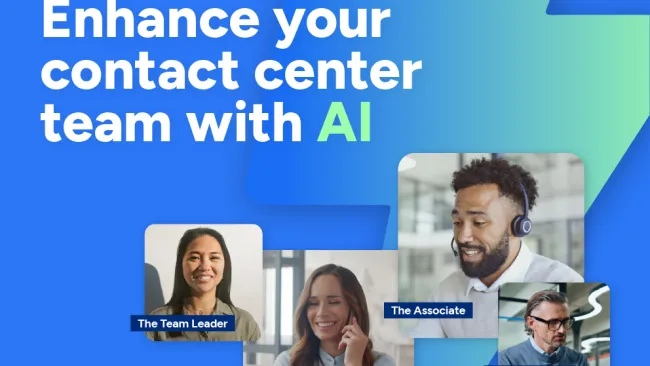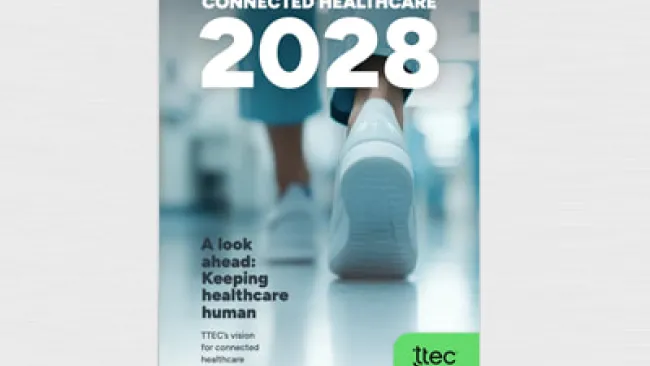Fostering long-term customer relationships is a critical part of business and like other industries, health insurance companies are striving to build relationships with consumers.
Health insurance companies, however, face a number of obstacles. The healthcare landscape is quickly evolving as consumers take a more active role in healthcare, forcing payers to reassess their business and engagement strategies. And while these changes are still nascent, here are four ways for health plans to set themselves up for success in the future.
Meeting Channel Preferences
The days when employer groups were a health plan’s main customers are fading. A bimodal situation is emerging in which payers continue to sell health plans to employer groups, but opportunities to sell to individual consumers are also rising. Even before the Patient Protection and Affordable Care Act pushed consumers to examine their health insurance choices, they have been taking an increasingly active role in their care experience. With the advent of consumer websites like WebMD and Medline Plus, people have a plethora of information at their fingertips and social media enables word-of-mouth comparisons.
In the move towards consumerized healthcare, health plans must meet customer expectations. And today’s consumers demand choices. Consumers are accustomed to interacting with brands through multiple channels such as voice, text, email, and social media, at their convenience. While it’s not necessary to embrace all channels, payers should ensure they’re making it easy for current and prospective customers to interact with them through their preferred channels.
Millennial Engagement
By 2020, about two-thirds of the U.S. workforce will consist of Millennials. And a growing portion of middle and senior management positions will be held by this demographic group. A key characteristic of those born between the 1980’s and the mid-2000’s is their expectation of and (let’s face it), reliance on, digital information.
To build long-term loyalty among the future decision-makers, payers need to start engaging Millennials on their terms. This means adopting a digital mindset to provide customer service and marketing information through multiple digital channels. It’s also important to keep in mind that even the oldest Millennials often lack a basic understanding of healthcare terminology and processes. The companies that are transparent about their business models and services are most likely to win the long-term loyalty of their customers.
Think User Design
User interface design and navigation are important parts of the consumer experience. The information on your website is useless if it’s hard to find or read on different-sized screens. Sadly though, few health insurers have given thought to user interface design and how information is being conveyed to consumers. This leaves an opportunity for payers to get ahead of the competition by offering a better user experience. For example, the startup Oscar Health Insurance makes it a point to tell consumers on its website that it’s using technology “to make insurance simple, intuitive, and human.” Its features include the ability to type in symptoms to receive a list of relevant treatment providers and its app lets users tap a button to call a doctor.
Realign your Organization’s Culture
To keep up with changing customer expectations, organizations must adopt a forward-looking attitude. For many companies, this means realigning organizational processes and goals. Legacy CRM systems and other outdated data systems must also be replaced or upgraded. Of course, much of this is costly and time-consuming and so what clients often say is “tell me about best practices that relate to my current way of doing business.” Many of the conversations that are taking place in healthcare are about making the legacy world better, not about how we can disrupt it.
Too many leaders fail to realize that whether or not they’re ready, disruption will come and it’s up to them to be prepared for it. Even though it’s still early days, the drive for improved customer experiences and engagement has already taken hold.
Also, check out the most recent issue of our eNewsletter.
Four Ways to Win the Long-Term Loyalty of Future Health Insurance Members
